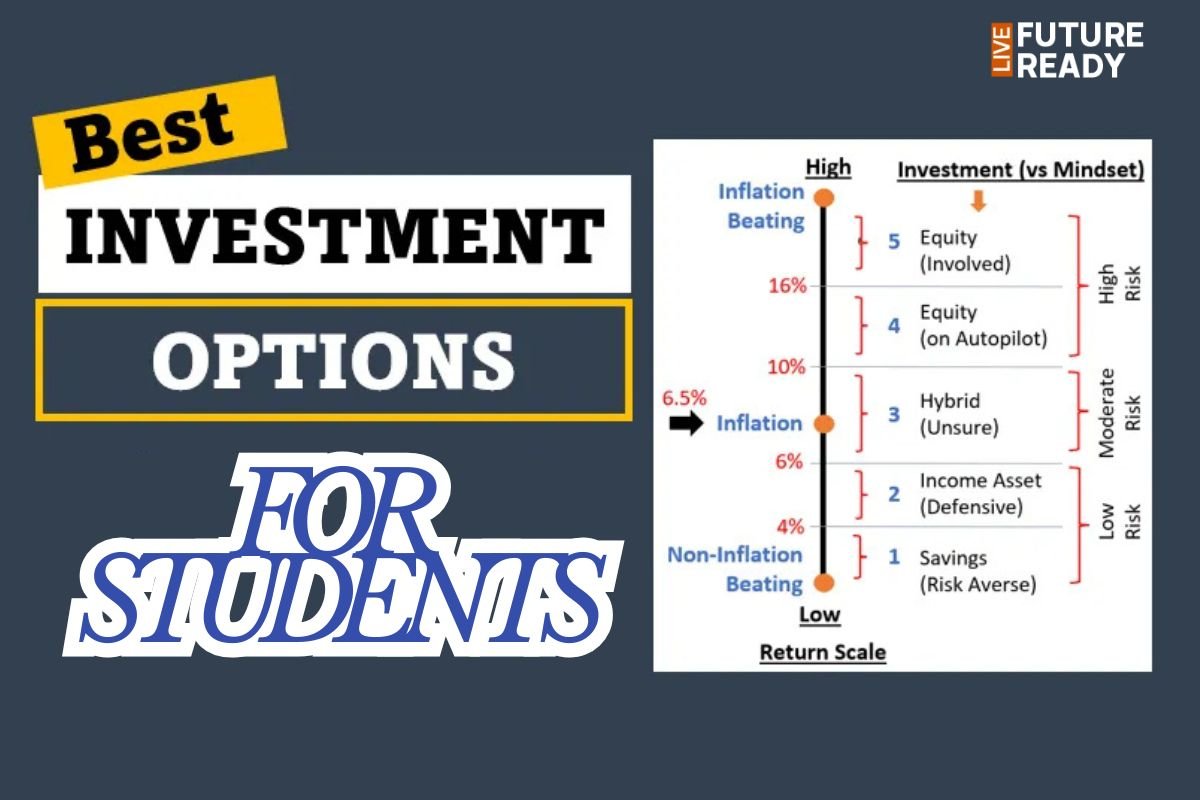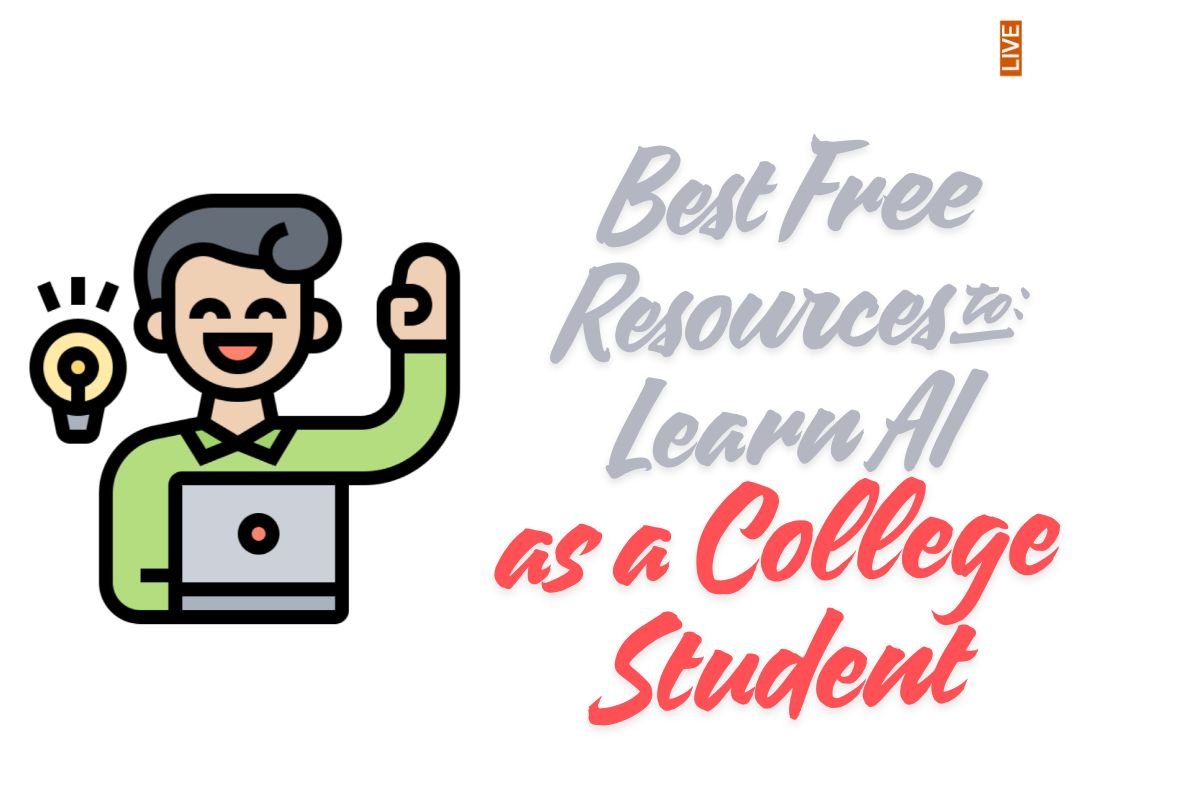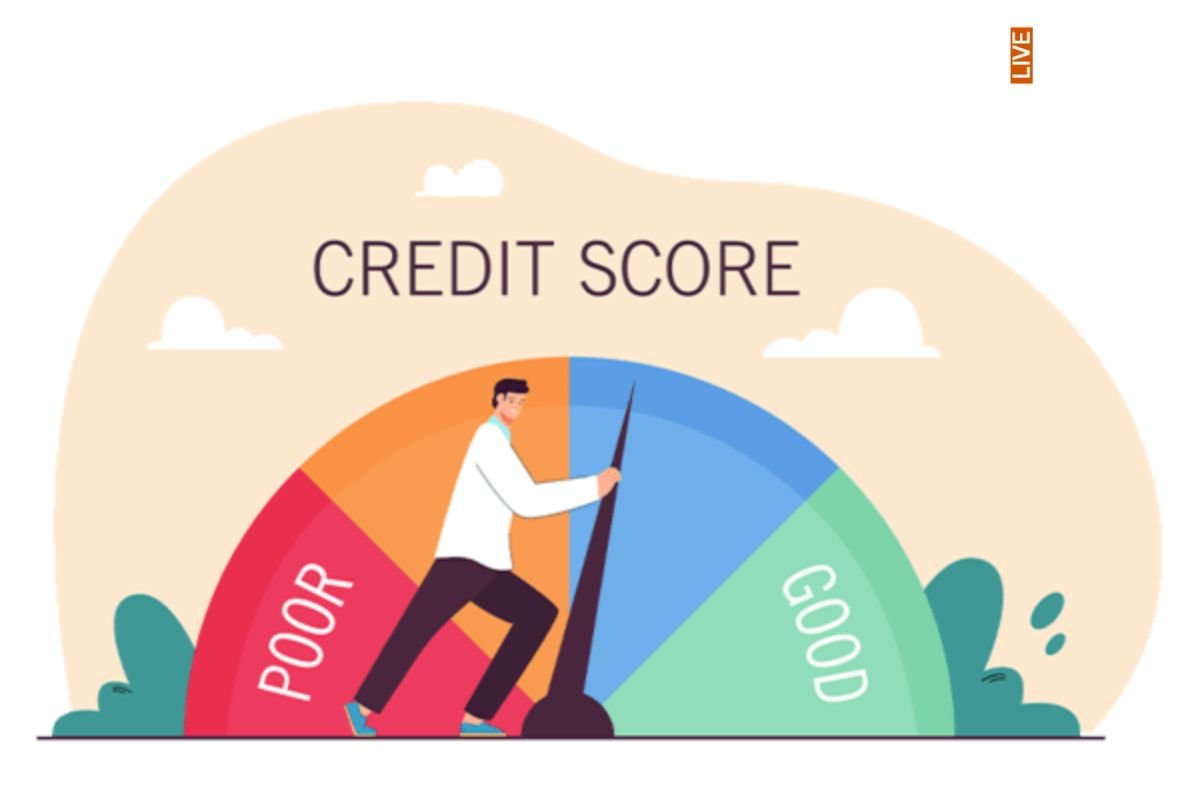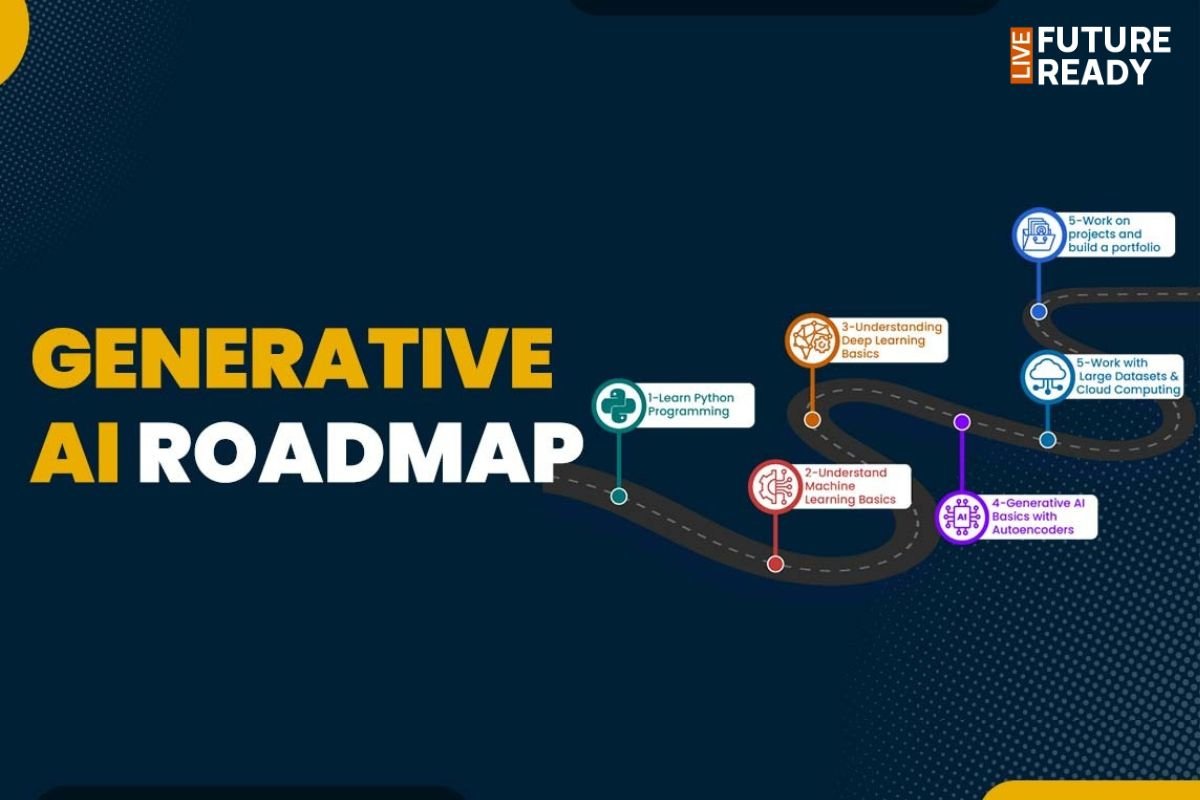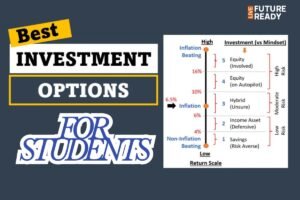Learning AI in just three months is both challenging and possible—if you use a focused roadmap, the right resources, and apply disciplined, hands-on strategies. Here’s an extensive, cross-verified guide that covers every major point, incorporates global best practices, community suggestions, and ensures you don’t miss a single step.
Phase 0: Prerequisites (First Week)
-
Mathematics: Review linear algebra, calculus, differential equations, and probability/statistics using Khan Academy and 3Blue1Brown.
-
Python: Master Python basics—syntax, data structures, libraries (NumPy, pandas, matplotlib) via YouTube (Corey Schafer, Python Engineer), FreeCodeCamp, or Automate the Boring Stuff (book).
-
Mindset: Take notes, solve provided exercises, code along, and try to reproduce projects on your own.
Phase 1: Foundation of Machine Learning (Weeks 2–4)
-
Core Theory: Complete Andrew Ng’s Coursera Machine Learning course—focus on supervised and unsupervised learning, foundation algorithms (regression, clustering, SVM, Naive Bayes).
-
Practice: Work through hands-on exercises and try “ML from Scratch” playlists.
-
Alternative: Watch Stanford’s full Machine Learning lecture series (YouTube).
-
Recommended Reading (Optional): “Hands-on ML with Scikit-Learn, Keras, TensorFlow” by Aurélien Géron or “Python Machine Learning” by Sebastian Raschka.
Phase 2: Deep Learning and Specialized AI (Weeks 5–8)
-
Neural Networks: Learn basics with “Essence of Neural Networks” (3Blue1Brown), then tackle deep learning with Stanford/fast.ai courses.
-
Frameworks: Study PyTorch or Tensorflow via official tutorials and YouTube crash courses.
-
Specializations: Explore NLP (Stanford NLP lectures), reinforcement learning basics, and computer vision.
-
Projects: Build simple image classifiers, sentiment analyzers, or chatbots—use HuggingFace, NLTK, TensorFlow, or PyTorch.
Phase 3: Practical Projects & Public Portfolio (Weeks 9–10)
-
Kaggle Competitions: Enter “Getting Started” sections to work on structured problems with datasets.
-
Personal Projects: Develop 2–3 beginner projects (digit recognition, spam filters, basic recommender systems).
-
Documentation: Share your work on GitHub, write a blog or make a LinkedIn post explaining your process and results.
Phase 4: Industry Readiness & Interviews (Weeks 11–12)
-
Model Deployment: Learn Flask/Django basics to deploy models as web apps. Explore Azure ML, AWS SageMaker for cloud deployment.
-
Interview Prep: Use open-sourced interview question repositories (github:1), practice with real case studies, and mock interviews.
-
Expand Portfolio: Try to reproduce a published AI paper or contribute to open-source ML projects (scikit-learn, fastai, pytorch).
Community & Further Learning
-
Forums/Support: Join Reddit (r/learnmachinelearning), Discord groups, GitHub and Kaggle communities for troubleshooting and peer review.
-
Networking: Connect with mentors via LinkedIn, attend local meetups or webinars for exposure.
-
Further Reading: Dive into beginner-friendly datasets, life cycle articles, and curated book lists—“Mathematics for Machine Learning”, “An Introduction to Statistical Learning” (FREE).
Tips for Success
-
Consistency: Study 1–2 hours daily (~10–14 hrs/week), prioritize hands-on projects.
-
Note-taking, code repetition, and real project-building are critical for retention.
-
Audit courses and use the free content—don’t just watch videos, build and debug on your own.
-
Publish everything publicly and reflect on failures for rapid improvement.
Final Thoughts
Three months is enough to build a solid AI base with real skills and a portfolio. By rigorously following this plan, leveraging global free resources, and prioritizing hands-on application, beginners can confidently step into machine learning and artificial intelligence with industry-readiness.
Read more on our website: Future Ready, your go-to platform for the best educational content and latest updates.
Read More Related Blogs:-








